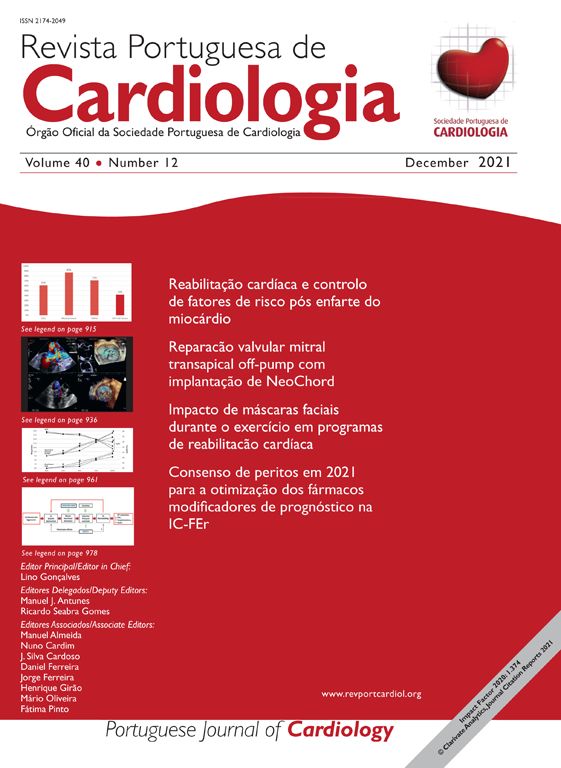Post-myocardial infarction (MI) ventricular septal defect (VSD) is a rare mechanical complication that may occur 24 hours to several days after MI. There is no absolute consensus regarding the optimal timing for intervention, the best treatment or bridging method for this life-threatening condition.
The incidence of cardiac rupture (free wall or ventricular septum) has declined with the introduction of reperfusion and optimization of adjunct medical therapies. For instance, an analysis of cardiac rupture in ST-elevation MI (STEMI) over a 30-year period from a single institution (Hospital Vall d’Hebron, Barcelona, Spain) showed a decline from 6.2% in 1977–1982 to 3.2% in the period 2001–2006.1 More recently, an analysis by Elbadawi et al. of the National Inpatient Sample database, the largest inpatient database in the US, encompassing the more contemporary 2003–2015 time period, revealed a much lower incidence of 0.27% and 0.06% of mechanical complications for STEMI and non-ST-elevation MI (NSTEMI), respectively, with no significant changes in trends over time.2 A still more recent single-center registry in France, from 2009 to 2020, reported an incidence of 0.44% of ischemic VSD among all patients managed for acute coronary syndromes.3 Contemporary data therefore indicate that rates of mechanical complications are low in patients presenting with STEMI and NSTEMI. However, they continue to be associated with high mortality, which did not seem to improve during the study period.2
While some reports cited in the American guidelines propose emergent surgical repair for these patients (even in those who are hemodynamically stable, due to the risk of rupture site expansion and sudden hemodynamic collapse),4 the European guidelines recommend delayed and elective surgical repair for patients who respond well to aggressive therapy for heart failure.5 Regarding percutaneous intervention, Giblett and colleagues recently published the largest series of percutaneous closures, using UK registries. They compared initial transcatheter percutaneous management with initial surgical management and found no differences in post-discharge long-term mortality analysis, but significantly lower (unadjusted) early mortality for the surgical group.6
In the current issue of the Journal, the original article by Magro and colleagues7 deserves special consideration, and the authors are to be congratulated for their valuable effort in bringing together the seven public cardiothoracic surgery centers in Portugal to produce some evidence on this extremely rare, but life-threatening clinical entity. The authors developed an online form for each center to enter data on post-MI VSD patients between 2000 and 2021 and performed a preliminary analysis of the data collected during the first year of the registry.
National registries should be used to promote evidence-based healthcare by connecting health professionals and promoting wide-ranging networks, as well as carrying out exploratory research and providing progress reports that explore the quality of the healthcare system and improve patient outcomes and safety. Given the difficulty in conducting clinical trials in rare conditions, the use of real-world data derived from registries to produce real-world evidence is crucial. Registry-based randomized controlled trials have been also discussed in the field of cardiac surgery,8 in which clinical equipoise and the influence of surgical expertise play an important role.9 It is, however, recognized that when using registries, not all potential confounders can be considered and the inherent biases of observational studies cannot be avoided.
For instance, the online form used by Magro et al.7 did not include patients with MI who did not undergo cardiac surgery for VSD correction because they either died before or were not referred for surgery. This is a significant limitation recognized by the authors as a selection bias (survivorship bias).
Similarly, the authors arbitrarily chose a 10-day interval between the onset of symptoms and surgical repair as the surgical timing variable that could indirectly reflect hemodynamic status. Their reasoning is that critically ill patients might have required a more urgent operation, while those who were more stable could have the surgery postponed. However, practice might have varied between centers: whereas some might have postponed surgery, others might have operated sooner regardless of patients’ clinical status. It is recognized that these are common biases in surgical cohorts and that they compromise the generalizability of results, and caution should be exercised when drawing conclusions.
Finally, neither the centers’ nor the surgeons’ case volume were taken in account in this preliminary analysis, and this is important. As pointed out by Tirone David, “Repetition makes perfect and it is difficult to gain experience with an operation that is now so rarely performed.”10 Therefore, data on the surgeons who carried out the operation would be a valuable record for future analysis. Moreover, each center could have had a different approach regarding timing of intervention, bridging method and surgical technique, and may have changed and adapted their approach over time. Hence, an analysis stratified by different eras would clearly improve the interpretation of results of this national survey.
To conclude, although this is a very commendable initiative and a clear step forward, the goal of a truly and fully dedicated national registry, rather than a voluntary survey including only some Portuguese cardiothoracic surgery departments, should be pursued, as it would be a more powerful tool for clinical research and for achieving better patient healthcare.
Conflicts of interestAFL-M receives consultancy fees from AstraZeneca.
The authors acknowledge FCT (Portuguese Foundation for Science and Technology), under the scope of the Cardiovascular R&D center – UnIC (UIDB/00051/2020 and UIDP/00051/2020) and Associated Laboratory RISE – (LA/P/0053/2020).





